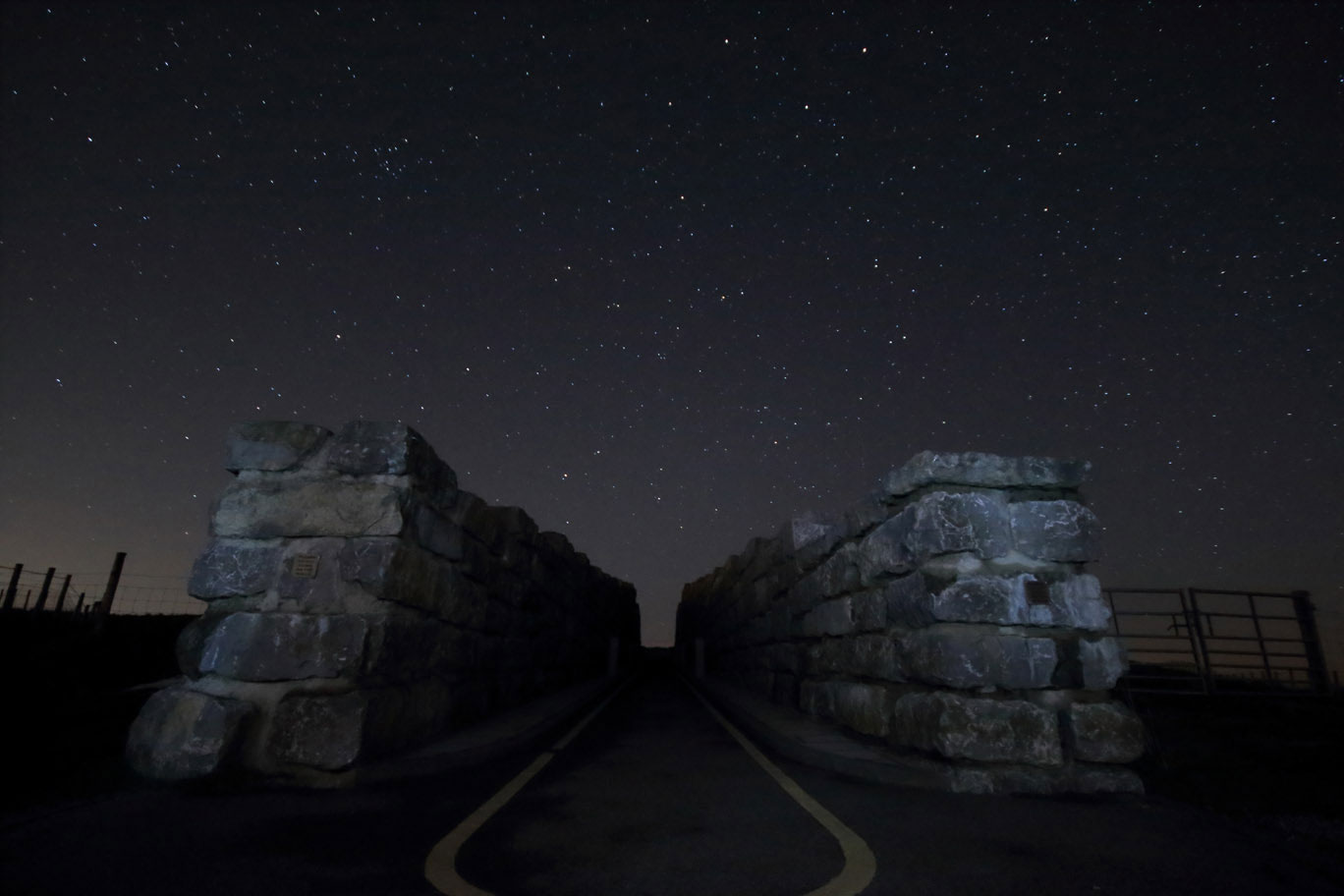Four new Dark Sky Discovery Sites have officially been declared in Nidderdale Area of Outstanding Natural Beauty (AONB).
Dark Sky Discovery Sites are chosen for their accessibility and recognition as excellent places to stargaze.
The four official spots for star seekers are:
- Thruscross reservoir
- Scar House Reservoir
- Fewston Reservoir
- Toft Gate
Nidderdale AONB has partnered with Yorkshire Dales and North York Moors National Parks to host the fourth annual Dark Skies Festival this 15 February 15 to 3 March 2019.
Sarah Kettlewell, Manager at Nidderdale AONB, said:
2019 marks the 50th anniversary of the moon landing, so it’s a thrilling year to announce our new Dark Skies status. As an Area of Outstanding Natural Beauty, with a landscape so special it is protected for the nation, Nidderdale has a truly unique astrotourism offer.
Dark Sky Discovery Sites are in part chosen for their accessibility. Locations often have free overnight car parking, some with toilet facilities.
Amateur astronomer, Richard Darn, said:
This is fabulous news. Light pollution has robbed most people of their view of the heavens, but these newly designated sites offer a grandstand view of the starry sky in all its glory. It’s so good to see the night sky being finally recognised as a valuable resource that is worth promoting and protecting.
Sarah added:
You don’t need fancy equipment, just a pair of binoculars, warm clothing and an open mind. On any clear night it’s possible to see as many as 2,000 stars and the finer details of our constellations.
For more info on the Dark Skies Festival see visit www.nidderdaleaonb.org.uk/events/
Key Astronomical Events in 2019
Supermoons, 19 February, 21 March
These full new moons coincide with the closest distance the moon comes to the Earth in its orbit, resulting in an enlarged appearance. The moon can look 15-30% brighter.
Conjunctions of Mars and Uranus, 13 February
Mars and Uranus will appear close in the night sky (known as an appulse).
Mercury transits the sun, 11 November
For five hours and 29 minutes Mercury will be visible crossing the sun – one of 14 such transits in the 21st century.
Geminid meteor shower, 12-16 December
A spectacular meteor shower, producing around 100 meteors per hour, best observed before dawn.
Images by Martin Whipp of the Lime Tree Observatory.







